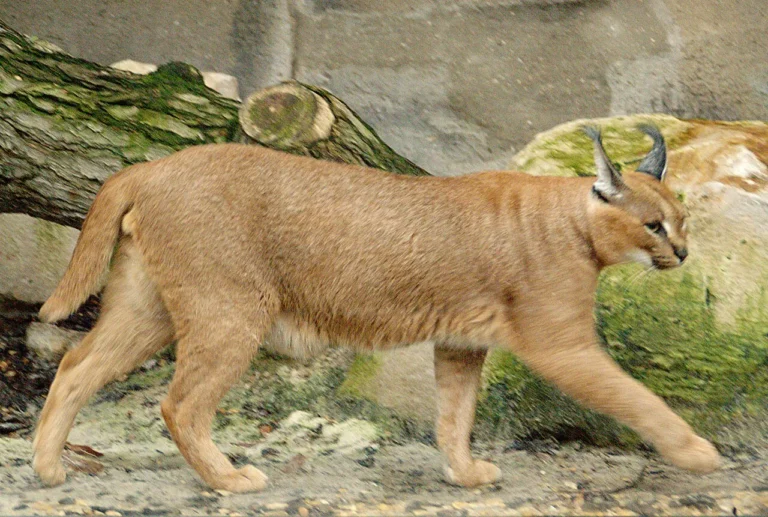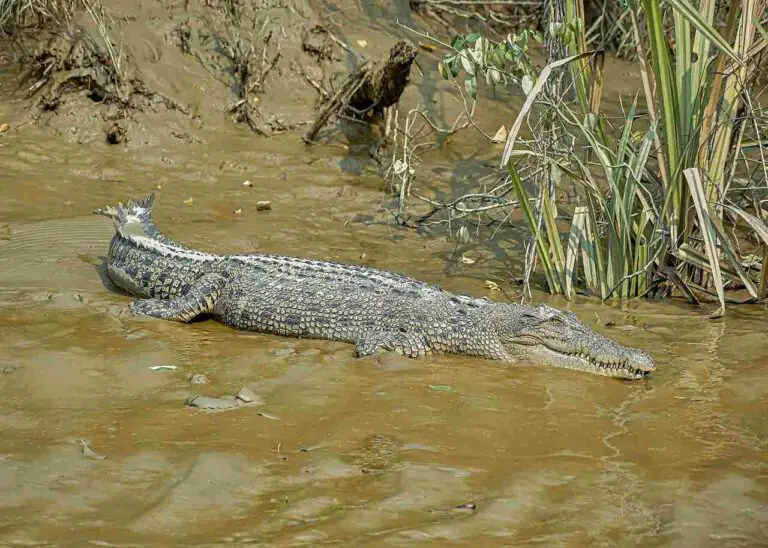Wave Energy Conversion Types and Basics Explained
Wave energy conversion is any process that leads to a change of wave energy from one form to another.
Types of wave energy conversion are; kinetic-to-potential, kinetic-to-mechanical, and mechanical-to-electricity. These types exist because wave energy naturally occurs in combined potential and kinetic form.
This article discusses wave energy conversion types and basics, as follows;
1). Kinetic-to-Potential (as one of the Types of Wave Energy Conversion)
Kinetic energy is what causes wave motion in oceans.
The conversion of wave energy from kinetic to potential form occurs when wave motion is interrupted.
An example of this can be observed in overtopping wave converters, which capture wave energy by reflecting incident waves into a reservoir [3].
The conversion of wave kinetic energy to potential energy is similar to what happens in water dams for hydroelectricity generation. Water in the reservoir acts as an energy storage medium containing potential hydro energy.
Other types of wave energy converters may also perform some form of kinetic-potential conversion as they come in contact with water waves.
Since electricity generation from wave energy requires some form of motion, wave potential energy must be converted back to kinetic before it can be used to generate electricity. This can be achieved by releasing stored water through an elevated outlet so that it falls from a height and gains kinetic energy of free fall.
2). Kinetic-to-Mechanical (as one of the Types of Wave Energy Conversion)
Kinetic-to-mechanical conversion of wave energy is very similar in mechanism to what occurs when wind energy is captured by wind turbines, or when hydro energy is being utilized.
In order for wave kinetic energy to become mechanical, a mobilizable device or 'prime mover' must be present. This device is usually the turbine, which is made to rotate on contact with wave kinetic energy.
In some types of wave energy converters like point absorbers, the prime mover may be a piston [1].
Kinetic-to-mechanical is a very crucial type of wave energy conversion, because it is required for electricity generation.
It is also highly susceptible to energy losses, especially through friction. As a result, the efficiency of wave energy converters is significantly dependent on the design and performance of the prime mover, and therefore on the energy efficiency of the kinetic-to-mechanical conversion process.
As mentioned in the explanation of kinetic-to-potential conversion, wave energy may be used to mobilize a prime mover either directly (in their natural potential/kinetic form without any initial conversion) or after a series of conversions from kinetic to potential, and back to kinetic; as in the case of overtopping devices that store water from waves in a reservoir before letting it out to a turbine.

3). Mechanical-to-Electricity (as one of the Types of Wave Energy Conversion)
Wave energy is converted to electricity by utilizing the electromagnetic effect to induce the flow of electric charges through a conductor that is moving under the influence of wave energy in a magnetic field.
There are multiple possible system designs with which wave energy can be converted to electricity. While the most common of these is a wave-driven hydro turbine or air turbine, some less-conventional systems exist, such as those that use the mechanical energy of heaving, of a buoyed component to generate electricity [2].
Conclusion
Types of wave energy conversion are;
1. Kinetic-to-Potential
2. Kinetic-to-Mechanical
3. Mechanical-to-Electricity
References
1). De Backer, G. (2009). "Hydrodynamic Design Optimization of Wave Energy Converters Consisting of Heaving Point Absorbers." Ghent University. Available at: https://tethys-engineering.pnnl.gov/publications/hydrodynamic-design-optimization-wave-energy-converters-consisting-heaving-point. (Accessed 26 January 2023).
2). Chandrasekaran, S.; Sinhmar, H. (2012). "Power Generation Using Mechanical Wave Energy Converter." The International Journal of Ocean and Climate Systems 3(1):57-70. Available at: https://doi.org/10.1260/1759-3131.3.1.57. (Accessed 25 January 2023).
3). Vicinanza, D.; Contestabile, P.; Di Lauro, E. (2017). "Overtopping Breakwater for Wave Energy Conversion: Status and Perspective." Proceedings of the 12th European Wave and Tidal Energy Conference. Available at: https://ideas.repec.org/a/eee/renene/v147y2020ip1p705-718.html. (Accessed 26 January 2023).



